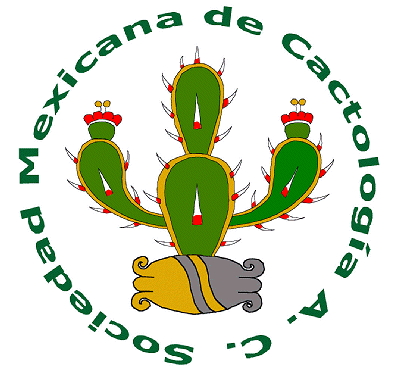 |
Mexicana Society of Cactología, A.C. "By spreading knowledge, improving the understanding and conservation of cacti and succulent plants" |
|---|
 |
Mexicana Society of Cactología, A.C. "By spreading knowledge, improving the understanding and conservation of cacti and succulent plants" |
|---|
The Agavaceae family, is second in diversity with nearly 155 species of which 78% are endemic to Mexico and all types of this family are found in the country. The most important sort is the Agave (the magueyes, that along with the nopales contributed to the development of our civilization in the medicine, food, drinks, construction, in ritual aspects among others). It has nearly 92 species in Mexico. Another family of importance in the world of the succulent is the Crassulaceae which has ample world-wide distribution, However Mexico has the genus Echeveria with around 150 species which is nearly 95% endemic to Mexico. This family has a wealth of 350 species for Mexico that corresponds to 25% of the total of 1500 species world-wide.
In other families like Fouquieriaceae with 9 species, all of them exist in Mexico, especially those with fat stems such as F.columnaris, F.fasciculata and F. purpusii. Other families with smaller number of succulent species are: Euphorbiaceae, Nolinaceae, Bombacaceae, Dioscoreaceae, Asteraceae, among others.
It is important to note that this diversity has been altered by the modification of Mexican ecosystems, putting several species in danger of extintion. Amongst factors that affect the wild populations are found the cattle ranch (goat), agriculture, urbanisation, construction of channels of communication (rail, roads and laying of electrical lines), extraction of materials for construction, waste tips, and the illegal extraction of plants for domestic and international trade.